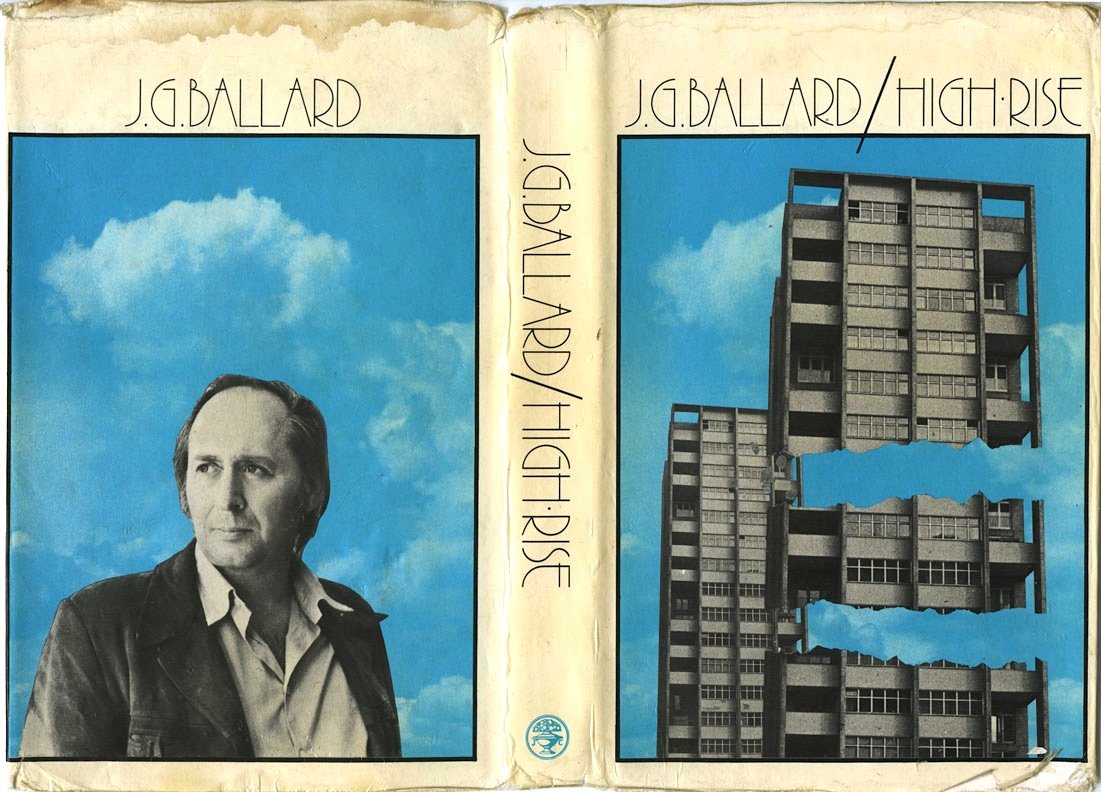1970’s Predictions of Dystopian Strata Buildings
or, a new review of an old strata story …
We regularly hear horror stories about dysfunctional, collapsing, and/or worn-out strata buildings that are in chaos and have ruined the lives and asset bases of their strata owners. And we think that’s something new or novel. But predictions of a dystopian strata title future have been around for a long long time. So, let me tell you a story from the 1970s …
[4:00 minutes estimated reading time, 804 words]
Introduction
These days we think we’re just so clever. So much cleverer than our forebears.
Especially compared to people in the 20th century when hardly anyone used computers, there was no mainstream web [remember AOL?], and, the iPhone wasn’t even in anyone’s imagination since Steve Jobs was still selling kit computers to hobbyists.
So, we believe that the latest reports about serious strata building issues like dysfunctional buildings that have collapsed into strata owner chaos, buildings where serious structural problems have ruined the lives and asset bases of their strata owners, or strata buildings where long-term neglect has left the strata owners with no option but demolition, are a new phenomenon that no-one could have predicted and that only we can solve.
We’d be wrong.
A book that predicted the worst [and more]
A novel written back when strata title apartment development was in its infancy predicted everything that’s happening now, and a whole lot more.
High-Rise is a novel by J.G. Ballard published in 1975.
It’s a dystopian portrayal of modern society’s descent into primal chaos. Set in a luxury highrise building, the narrative details the breakdown of civilization inside the tower as its amenities begin to fail.
The residents, initially drawn to the exclusivity and modern conveniences of the building, become increasingly tribal and violent as they separate into factions based on their floor levels.
As the social order collapses, the residents regress to a state of barbarism, indulging in hedonism, violence, and territorial disputes.
The novel serves as a critique of technological advancement and the isolation of modern urban life, suggesting that beneath the veneer of civilization, primal instincts still drive human behaviours.
The plot summarised [and a spoiler alert]
The Setting:
The highrise is a newly built 40-story apartment tower located in London, designed to offer its residents all the conveniences of modern living. It’s equipped with swimming pools, supermarkets, and other amenities, aiming to make its inhabitants largely self-sufficient.
The Main Characters:
The story is centered around three main characters:
Dr. Robert Laing, a physiology lecturer, who resides on the 25th floor.
Anthony Royal, an architect who lives in the penthouse, representing the top-tier elite.
Richard Wilder, a documentary filmmaker from the lower floors, symbolizing the lower social strata.
Descent into Chaos:
The problems begin with minor inconveniences like power outages and elevator malfunctions. As these issues become more frequent, tensions escalate among the residents. Social events become more aggressive, and disputes between neighbours turn violent.
Formation of Tribes:
The residents start forming tribal groups based on their floor levels. The highrise building effectively becomes a vertical battleground. The upper floors, led by Royal, enjoy the best views and amenities and look down on the mid-level and lower-floor residents. Wilder, from the lower floors, becomes determined to ascend to the top, representing a challenge to the established hierarchy.
Regression:
As the amenities continue to break down and the building becomes more insular, the residents abandon their outside lives. They no longer leave for work, and the building’s interior becomes a grotesque, lawless landscape. The residents begin raiding other floors for resources, and parties turn into orgies and violent clashes.
Climax:
Wilder’s ascent to the top floor is met with extreme resistance. He confronts Royal and the outcome becomes a symbolic clash between the lower and upper classes. Meanwhile, Laing tries to navigate the chaos, often choosing self-preservation over morality.
End:
The novel concludes with a glimpse of another newer highrise building nearby showing the first signs of a similar descent into anarchy, suggesting that the events in this highrise building are not an isolated incident but a symptom of a broader societal malaise.
Plus an audiobook & movie
There’s also an audiobook version of High-Riseyou can listen to here.
And, it was made into a movie starring Tom Hiddleston, Jeremy Irons, and Sienna Miller [which is a very very nice cast] that was rated 3 stars on Rotten Tomatoes.
Conclusions
JG Ballard’s High-Rise is a dark exploration of the thin veneer of civilization and the inherent primal instincts that can emerge when external structures break down.
It’s fiction, so it didn’t, and wouldn’t, actually ever happen in real life.
But I’m sure that you [like me] will see shadows and echoes of strata characters, situations, and buildings we come across regularly in strata land.
October 25, 2022
Francesco ...
